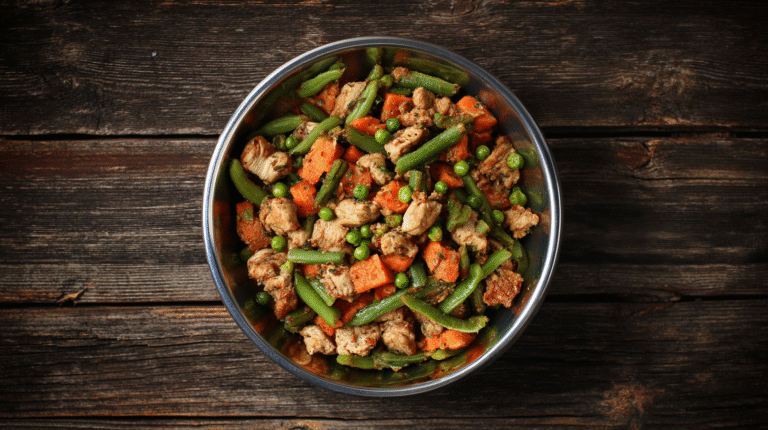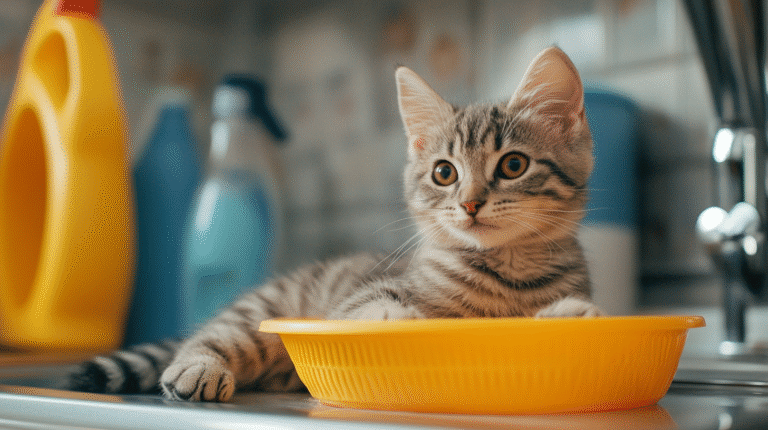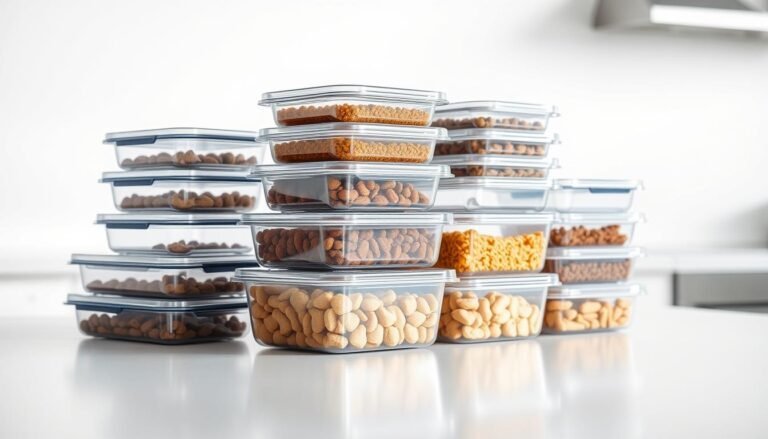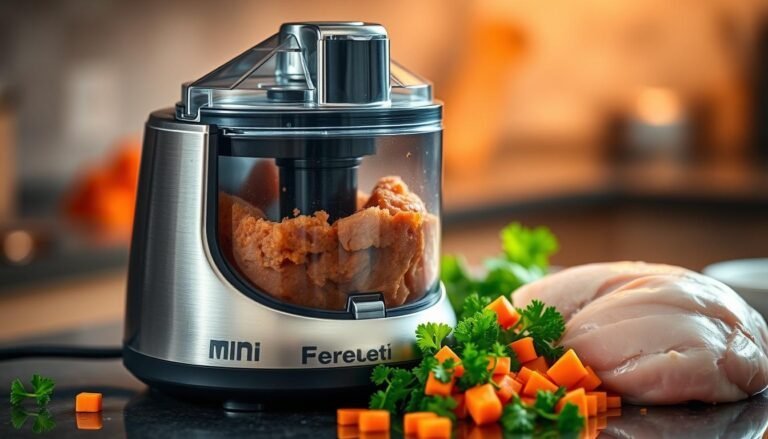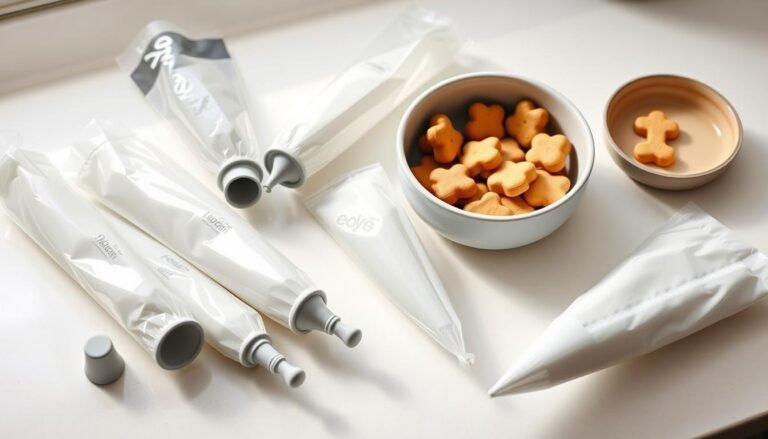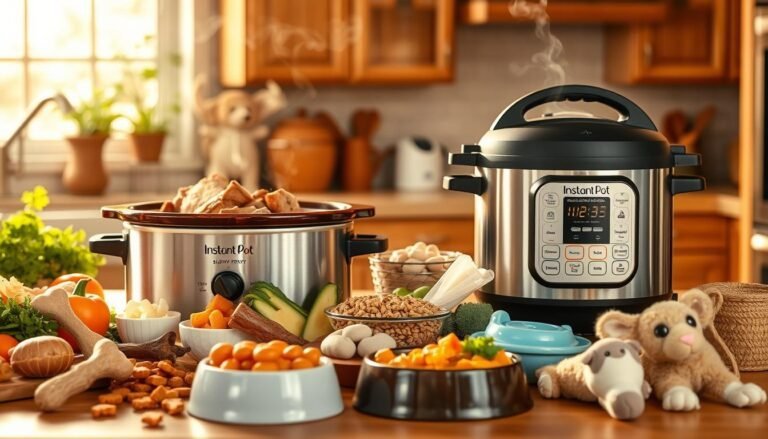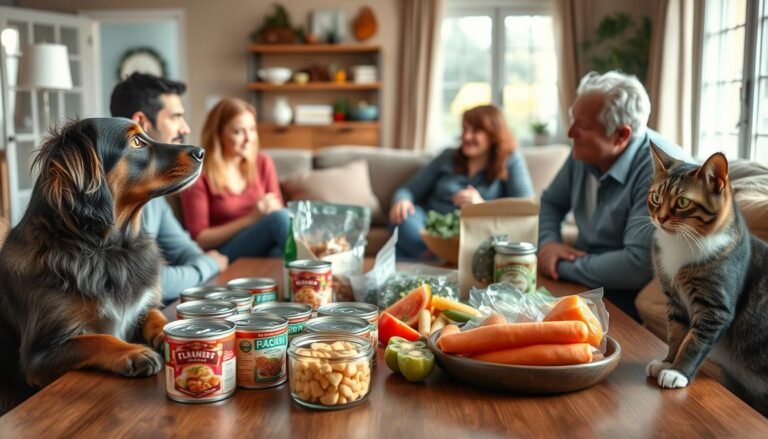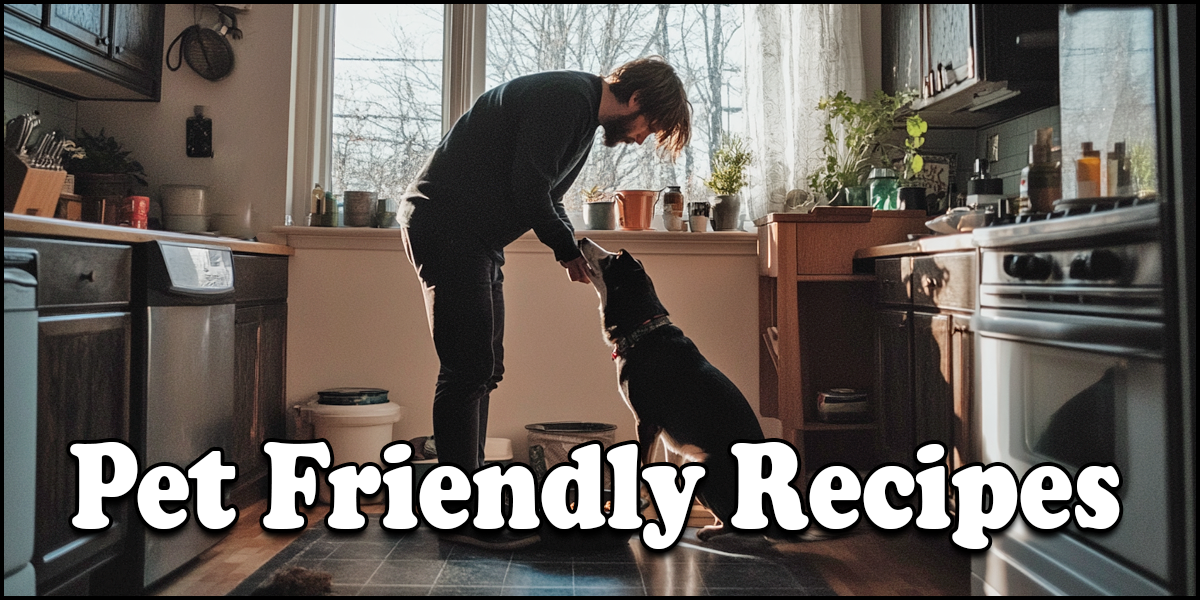
Healthy & Delicious Pet Friendly Recipes for Your Indoor and Outdoor Friends
From nutritious homemade meals for your dogs and cats to tasty treats for backyard birds and wildlife, we share simple, affordable recipes your animal friends will love.
Whether you’re feeding furry companions or feathered guests, you’ll find something special here.
Pet Friendly Recipes
Search Our Recipes
Preparing pet friendly recipes at home lets you share meals with your whole family, including pets.
More pet owners are choosing homemade pet food.
They want to ensure their furry friends get safe, nutritious meals without harmful ingredients.
Cooking for pets can strengthen your bond and give you control over what they eat.
Pet-safe recipes made with real ingredients like lean proteins and veggies offer peace of mind.
You know your four-legged family members are eating well.
This guide shares easy ways to create dishes everyone can enjoy. You’ll find tips for balancing human and pet nutrition, plus simple steps to avoid common risks.
Discover how homemade meals can become a delicious, safe tradition for your entire household.
We believe that homemade pet food should be simple, affordable, and made with ingredients you can trust.Our goal is to provide clear recipes, helpful tips, and trustworthy guidance so you can feel confident about what goes into your pet’s bowl-whether you’re making daily meals or special snacks.
Benefits of Cooking Homemade Meals for Your Furry Family
Preparing homemade meals for your pets brings many benefits.
You get to control every ingredient, making sure your pet only eats what’s best.
Healthy meals made with fresh ingredients can boost their energy and improve their coat.
They can even help reduce allergies.
By cooking at home, you can tailor meals to your pet’s specific needs.
This is especially true for puppies, senior dogs, or pets with sensitivities.
- Nutrition First: Fresh pet food cuts out fillers, letting you focus on proteins, veggies, and nutrients that support long-term health.
- Cost-Saving Joy: Buying in bulk and avoiding prepackaged options can lower expenses over time. Plus, fewer vet visits for diet-related issues add to savings.
- Bonding Time: Watching your pet savor a meal you made creates a special connection. It’s a simple way to show love through care and attention.
Many pet owners see big changes. Dogs with food allergies do well on homemade diets, and cats with picky tastes enjoy fresh meals.
Proper nutrition isn’t just about feeding-it’s about fueling their active lives.
While it takes effort, the rewards in health and happiness are worth it.
Start small, and let your pet’s tail wagging be your guide!
Featured Pet-Friendly Recipes
Treat your pets to something special with our top homemade recipes of the week. Packed with real ingredients and made with love, these easy-to-make dishes are sure to get tails wagging and whiskers twitching.
Helpful Tools to Make Cooking Easier
How to Introduce New Foods to Your Pet’s Diet
Changing your pet’s food needs patience. A slow transition helps avoid stomach problems. It also respects their taste preferences.
Here’s how to do it smoothly and stress-free.
Reading Your Pet’s Signals
Pay attention to how your pet reacts to new foods. If they eat eagerly, wag their tail, or seem relaxed, they like it. But, if they turn their head, gag, or seem uncomfortable, slow down.
Remember, pets have different tastes. Some might love pumpkin, while others won’t touch it.
- Look for energy levels: lethargy may signal discomfort.
- Check stools for consistency-firm and regular is ideal.
- Observe eating speed: slow nibbling might mean hesitation.
Partner with Your Veterinarian
Always talk to your vet before making changes. Ask if the ingredients are safe and what nutrients are important. They can also help with portion sizes and supplements.
Regular check-ins with your vet are key. They make sure the diet change is good for your pet’s health.
Recent Articles
Frequently Asked Questions
1. Are homemade pet food recipes safe?
Yes, as long as you use pet-safe ingredients and follow basic nutrition guidelines. Avoid toxic foods like chocolate, onions, grapes, and garlic.
2. Can dogs and cats eat the same homemade food?
No. Dogs and cats have different dietary needs. Cats require more protein and nutrients like taurine, which are not necessary for dogs.
3. What ingredients do I need for pet recipes?
Most recipes use simple, everyday ingredients like chicken, rice, sweet potatoes, carrots, or oats. You likely have many of them in your kitchen already.
4. How should I store homemade pet food or treats?
Store treats in an airtight container at room temperature for up to a week. Meals can be refrigerated for a few days or frozen in portions for later use.
5. Do you share recipes for backyard wildlife?
Yes! We feature seasonal and safe recipes for birds, squirrels, and other backyard visitors-perfect for nature lovers who want to help local wildlife.

Subscribe to Our Newsletter

